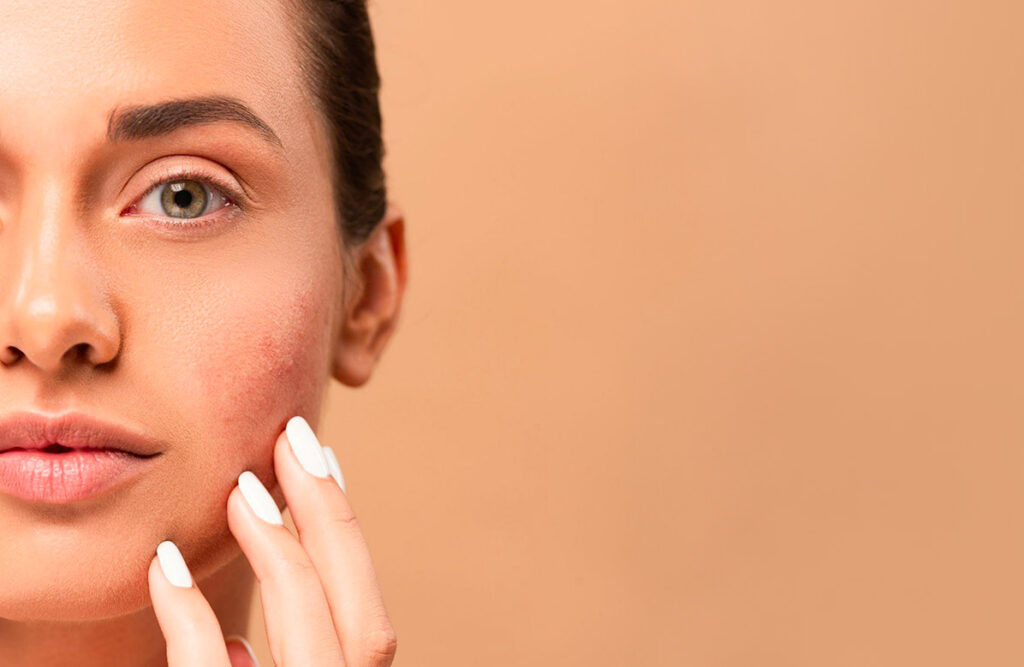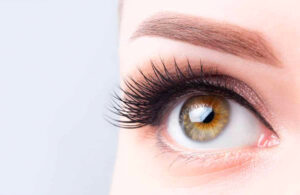Scars are a part of life. They can be the result of accidents, surgeries, injuries, or other factors that damage the skin. Some people may embrace their scars as a sign of strength, resilience, or survival. Others may feel self-conscious, embarrassed, or insecure about their scars, especially if they are visible or affect their appearance.
If you belong to the latter group, you may have tried different ways to hide your scars, such as makeup, clothing, or accessories. But these methods are not always effective, convenient, or long-lasting. You may have to reapply makeup throughout the day, avoid certain outfits or activities, or worry about your scars being exposed.
That’s why you may want to consider scar camouflage, a cosmetic tattooing technique that can help blend your scars into your natural skin tone and improve their appearance. In this blog post, we will explain what scar camouflage is, how it works, what types of scars it can treat, and what benefits it can offer you.
What Is Scar Camouflage?
Scar camouflage, which is also referred to as camouflage tattooing or skin color tattooing, is a needle and pigment technique that uses permanent makeup pigments to blend scars into the surrounding skin. Due to the artistry and skill involved, it is advisable to find a medical professional who has specialized training and experience in this field.
Scar camouflage bears resemblance to permanent makeup, but it distinctly differs from conventional tattoos.
Let’s delve into the differences:
Conventional tattoos rely on ink that is made up of diverse chemicals, metals included, which provides a spectrum of black and vivid colors. In contrast, scar camouflage employs micropigments tailored to mimic natural skin tones, primarily consisting of titanium dioxide and supplemented by a mix of organic and inorganic substances.
In terms of application, conventional tattoos are injected deeper into the dermis, the skin’s second layer, whereas scar camouflage is applied in a more surface-level fashion within the dermis.
Finally, conventional tattoos, once applied, are immutable, as the body cannot break them down; hence, they are permanent. On the other hand, scar camouflage pigments can be partially degraded and faded by the body, making them semi-permanent.
How Does Scar Camouflage Work?
Scar camouflage works by matching the color of your scar to the color of your surrounding skin. The technician/artist will analyze your skin tone and create a custom pigment blend that suits your complexion. They will then use a device with micro-fine needles to deposit the pigment into your scar tissue in a stippling pattern. The pigment will fill in the gaps of color loss and create an illusion of smoothness and uniformity.
The procedure may take several sessions depending on the size, shape, color, and texture of your scar. Each session may last from one to three hours and may require topical anesthesia to minimize discomfort. You will also need to follow proper aftercare instructions to ensure optimal healing and results.
What Types of Scars Can Be Camouflaged?
Scar camouflage can treat any type of pigment loss that affects the appearance of your skin. Some of the common types of scars that can benefit from this technique are:
Surgical scars: These are scars that result from incisions made during medical procedures, such as mastectomy, breast reconstruction, face lift, tummy tuck, C-section, etc.
Traumatic scars: These are scars that result from injuries caused by accidents, burns, cuts, bites, etc.
Stretch marks: These are scars that result from rapid growth or stretching of the skin due to pregnancy, weight gain/loss, puberty, etc.
Hypopigmented scars: These are scars that have lost their natural color due to lack of melanin (the pigment that gives skin its color).
Vitiligo: This is a condition that causes patches of skin to lose their color due to an autoimmune disorder that affects melanin production.
What Are the Benefits of Scar Camouflage?
Scar camouflage can offer you several benefits that can improve your quality of life and boost your confidence. Some of these benefits are:
-
- It can make your scars less noticeable and more natural-looking.
-
- It can save you time and money on makeup products and applications.
- It can give you more freedom and flexibility in choosing your clothing and accessories.
- It can help you feel more comfortable and confident in your own skin.
Is Scar Camouflage Right for You?
Scar camouflage is a safe and effective way to improve the appearance of your scars as it is simply camouflage tattooing. However, it is not suitable for everyone. Before you decide to undergo this procedure, you should consult with a qualified technician/artist who can assess your scar and determine if you are a good candidate. Some of the factors that may affect your eligibility are:
The age and maturity of your scar: Your scar should be at least one year old and fully healed before you can have scar camouflage. This is to ensure that your scar has stabilized and will not change in color or texture over time.
The color and texture of your scar: Your scar should have a smooth and flat surface that can hold the pigment well. If your scar is raised, bumpy, or indented, you may need to have other treatments to improve its texture before you can have scar camouflage. Also, if your scar is too dark or too light compared to your skin tone, you may not achieve a satisfactory color match with scar camouflage.
The location and size of your scar: Your scar should be in an area that is not exposed to excessive sun exposure, friction, or moisture. These factors can affect the healing and retention of the pigment and cause fading or discoloration. Also, if your scar is too large or irregular, you may need more sessions and more pigment to cover it completely.
Your skin type and condition: Your skin should be healthy and free of any infections, inflammations, allergies, or sensitivities that may interfere with the procedure or the healing process. You should also inform your technician/artist of any medical conditions or medications that may affect your skin or blood clotting.
Your expectations and goals: You should have realistic expectations and goals for the outcome of the procedure. Scar camouflage can improve the appearance of your scars, but it cannot erase them completely. You should also understand the risks and limitations of the procedure, such as possible side effects, complications, fading, touch-ups, etc.
Certified by the Society of Permanent Cosmetic Professionals, Ruth Swissa is a medical micropigmentation specialist with notable expertise in scar camouflage. Along with her compassionate approach, she utilizes her in-depth knowledge and artistic background to conceal and minimize the visibility of scars. If you are interested in scar camouflage or want to learn more about it, please contact us today. We would love to hear from you and answer any questions you may have.



